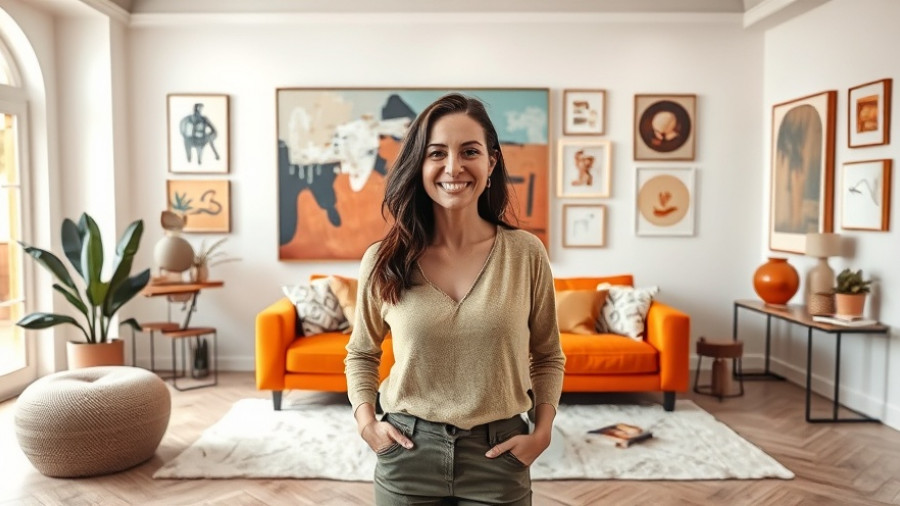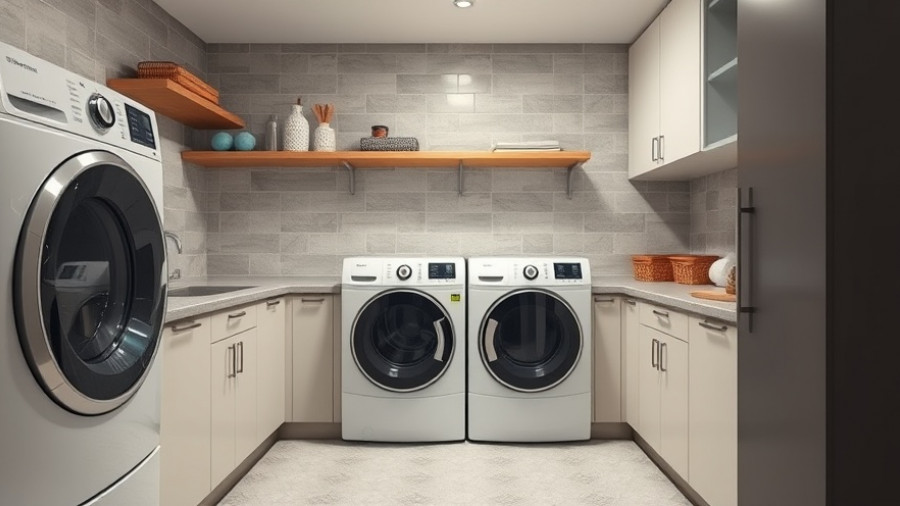
Understanding the Cost Implications of New Flooring
Deciding whether to invest in new flooring goes beyond mere aesthetics; it’s a financial decision that can affect your home’s value and your budget. Flooring expertise from specialists like Gary Bernard of Holyoke Millwork and Alex Ciosek from Summerlin Floors highlights several factors that homeowners in California should consider.
The Costs: What to Expect
The price of new flooring varies widely depending on materials and installation. For California homeowners, knowing the price range is essential:
- Tile: $10 to $50 per sq. ft.
- Wood: $8 to $25 per sq. ft.
- Laminate: $2 to $13 per sq. ft.
- Vinyl: $2.50 to $13 per sq. ft.
- Carpet: $2 to $8 per sq. ft.
Additionally, homeowners should be mindful of existing floor removal, subfloor repairs, and potential extra costs for plumbing or electrical work when replacing floors.
Longevity Matters: How Long Will It Last?
The longevity of each flooring type can significantly impact its value over time. More expensive options typically offer longer life spans, making them a better investment:
- Tile: 25 to 50 years
- Hardwood: 30 to 100 years
- Vinyl and Laminate: 10 to 30 years
- Carpet: 5 to 15 years
Ultimately, understanding how long new flooring will last can help homeowners gauge its value. For instance, bamboo or hardwood floors not only enhance beauty but also contribute positively to home resale values.
Home Value: Does New Flooring Make a Difference?
Investing in new flooring is often rewarded at resale. The National Association of Realtors reports that new hardwood flooring can potentially recoup up to 118 percent of its cost when a homeowner sells the property. Recognizing that floor upgrades can significantly elevate the marketability of a home may encourage those considering loans or financing options.
When to Invest in New Flooring
The decision to replace flooring should be informed by factors such as the condition of your existing floors and your long-term home plans. Homeowners in urban areas of California, often moving for jobs or family, should weigh how long they plan to stay. If the residence is intended as a long-term home, quality materials are wise investments. On the other hand, if the plan is to flip the house, lower-cost high-ROI options like luxury vinyl tile (LVT) may be better suited.
Alternatives and Budget Solutions
Not everyone can afford high-quality flooring. Some homeowners opt for budget-friendly routes like peel-and-stick vinyl or sheet vinyl. While these choices can quickly refresh the look of a room on a budget, experts advise caution: these options tend to lack durability, potentially lowering a home’s appeal.
Your Flooring Questions Answered
In navigating flooring choices, homeowners often have questions:
- What flooring has the highest return on investment? Solid hardwood offers the best ROI for long-term homeowners, while LVT is preferable for short-term stays.
- Does new carpet add value? Yes, particularly when replacing worn or damaged coverage.
- Can peel-and-stick flooring affect value negatively? Yes, especially in areas that require durability, like kitchens or bathrooms; cheap-looking materials can detract from the overall appeal.
Ultimately, weigh repairs, replacements, and returns to leverage maximum value from flooring upgrades. Consult flooring specialists to understand how each material fits into your home’s demands.
 Add Row
Add Row  Add
Add 




Write A Comment